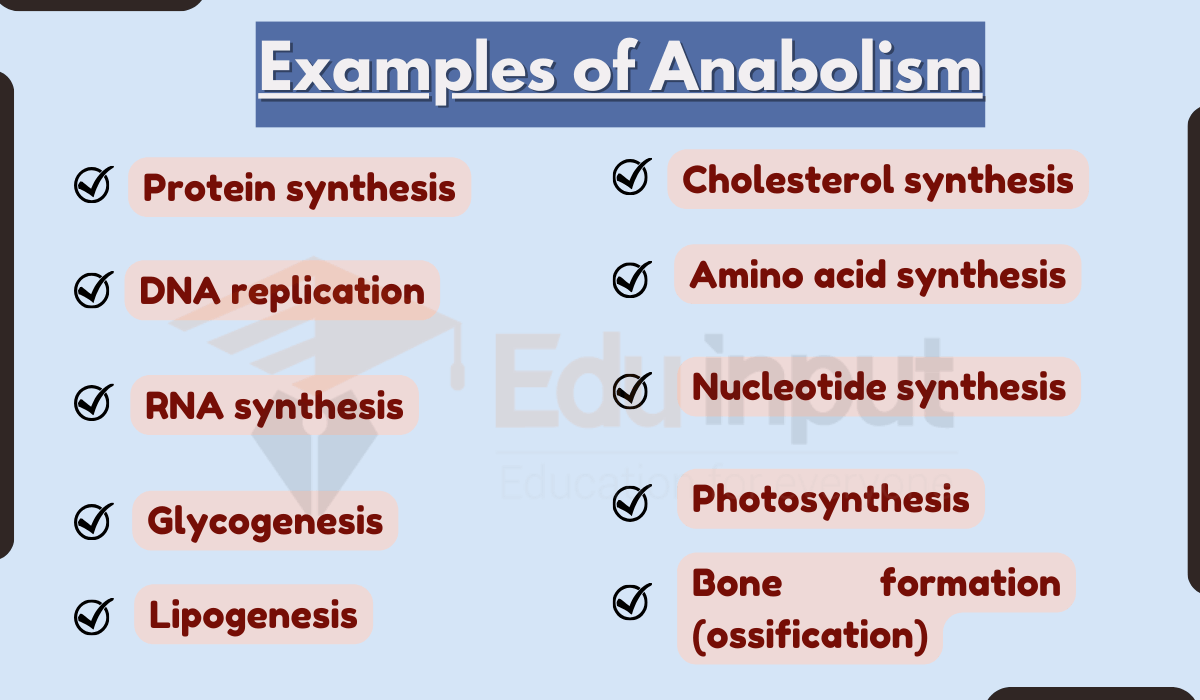20 Examples of Bacteria
Bacteria are microbes that can be either beneficial or harmful to living organisms. Some examples of bacteria include E. coli, Staphylococcus aureus, Salmonella enterica, Mycobacterium tuberculosis, and Methanogens.
Examples of Bacteria
Here are some examples of bacteria:
1. Escherichia coli (E. coli)
E. coli is a common example of bacteria, found in the intestines of humans and animals. While some strains can be harmful, others are used in biotechnology and research.
Escherichia coli (E. coli) has three layers in its structure: the inner membrane, peptidoglycan layer, and the outer membrane. The peptidoglycan layer gives it a rigid shape, like a rod. An E. coli cell looks like it has round caps on both ends and a straight middle section.
2. Staphylococcus aureus
This bacterium is often found on the skin and in the respiratory tract. It can cause various infections, including skin infections, pneumonia, and more severe conditions.
Staphylococci are round bacteria, about 0.5 – 1.0 μm wide. They are Gram-positive. They grow in clusters, pairs, or short chains. Clusters form because staphylococci divide in two directions.
3. Bacillus subtilis
Bacillus subtilis is a common example of bacteria, commonly known as hay bacillus or grass bacillus. B. subtilis is a beneficial bacterium used in agriculture and as a model organism in scientific research.
Bacillus subtilis is a rod-shaped bacterium. It is Gram-positive and thrives in warm temperatures. It needs oxygen to survive. It can form chains of cells. Each cell is about 5–6 μm long and 2–3 μm wide. During tough times, it makes endospores to survive.
4. Salmonella enterica
This bacterium can cause food poisoning, leading to symptoms like diarrhea, fever, and abdominal cramps. It is often associated with contaminated food.
Salmonella enterica is a rod-shaped bacterium. It is Gram-negative and belongs to the enterobacteria group. The rods vary in size, ranging from 0.7–1.5 μm wide and 2.2–5.0 μm long. Colonies formed by Salmonella are typically 2–4 mm in diameter. They have flagella all around (peritrichous), although some strains may not move.
5. Clostridium botulinum
C. botulinum produces a toxin that can cause botulism, a rare but serious illness characterized by muscle weakness and paralysis.
Clostridium botulinum is an anaerobic bacterium. It lives in environments with little oxygen. When conditions become unfavorable, it produces protective spores. These spores have a tough outer coating and multiple layers of membranes. They can withstand heat, dryness, chemicals, radiation, and oxygen.
6. Mycobacterium tuberculosis
Responsible for tuberculosis, M. tuberculosis is a bacterium that primarily affects the lungs but can also impact other parts of the body.
The structure of Mycobacterium tuberculosis includes a complex cell wall, plasma membrane, and capsule. The cell wall has three layers, with the core made up of the mycolyl-arabinogalactan-peptidoglycan (mAGP) complex, essential for the bacteria’s survival. The plasma membrane consists of lipids and proteins, while a protective capsule surrounds the cell wall.
7. Neisseria gonorrhoeae
This bacterium causes the sexually transmitted infection gonorrhea, which can lead to various health complications if left untreated.
Neisseria gonorrhoeae is a Gram-negative, fastidious, diplococcus bacterium. Its cell envelope consists of three layers: an inner cytoplasmic membrane, a middle peptidoglycan layer, and an outer membrane, which is typical of Gram-negative bacteria.
8. Helicobacter pylori
H. pylori is a bacterium that infects the stomach lining and is associated with conditions like gastritis and peptic ulcers.
Helicobacter pylori (H. pylori), a major human pathogen, is the first identified member of a structurally diverse genus. Most have a curved or spiral shape, but some have a short or tapered rod form. All Helicobacter species are motile, using flagella for movement.
9. Cyanobacteria
Cyanobacteria are examples of photosynthetic bacteria. They are also known as blue-green algae, cyanobacteria are photosynthetic bacteria found in various aquatic environments.
Cyanobacteria are similar to bacteria in cellular structure, lacking a defined nucleus or membrane-bound organelles. They have a cell wall made of peptidoglycan, often covered by a mucilaginous sheath, and inside the cell wall is a typical cell membrane.
10. Methanogens
These bacteria are capable of producing methane as a byproduct of their metabolic processes. They are often found in anaerobic environments like the digestive tracts of animals.
11. Yersinia pestis
Y. pestis is the bacterium responsible for causing bubonic, septicemic, and pneumonic plagues. It is transmitted through fleas that infest rodents.
12. Lactobacillus acidophilus
This beneficial bacterium is found in the human gut and is used in probiotic supplements and certain fermented foods like yogurt.
13. Pseudomonas aeruginosa
P. aeruginosa is an opportunistic pathogen that can cause infections in individuals with weakened immune systems.
14. Rhizobium
These bacteria form symbiotic relationships with leguminous plants, aiding in nitrogen fixation and enhancing plant growth.
15. Vibrio cholerae
This bacterium is responsible for causing cholera, a waterborne disease characterized by severe diarrhea and dehydration.
16. Listeria monocytogenes
L. monocytogenes is a bacterium that can contaminate food and cause listeriosis, a serious illness particularly dangerous for pregnant women and immunocompromised individuals.
17. Shigella
These bacteria cause shigellosis, an intestinal infection leading to symptoms like diarrhea, fever, and abdominal cramps.
18. Campylobacter jejuni
C. jejuni is a bacterium commonly associated with foodborne illnesses, causing symptoms like diarrhea, fever, and abdominal pain.
19. Borrelia burgdorferi
This bacterium is transmitted through ticks and causes Lyme disease, which can lead to symptoms like joint pain, fever, and fatigue.
20. Treponema pallidum
T. pallidum is the bacterium responsible for syphilis, a sexually transmitted infection that progresses through various stages if left untreated.





Leave a Reply